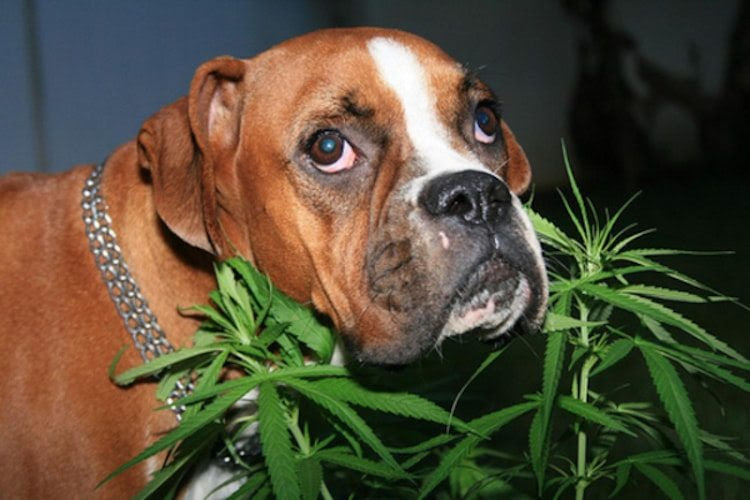Welcome to the Rethinking Cancer Newsletter #60
Here’s some good news from the last U.S. election:
- Sonoma County, California passed a GMO crop ban, creating the largest GMO-free zone in the U.S
- San Francisco, Oakland and Albany, California plus Boulder, Colorado voted to tax junk, sugar-laden Big Soda products.
- Arkansas, Florida, North Dakota and Montana approved medical marijuana initiatives, making that 29 states and Washington D.C. with varying restrictions.
And other good news:
- The National Organic Standards Board (NOSB) voted to remove carrageenan, a potent inflammatory agent and possible carcinogen, from the list of approved additives in organic food.
- Mirabile dictu! The New York Times recently cited studies showing that good food, including whole fat dairy, was an effective treatment for acne! When FACT began 45 years ago, the idea that food could be a protocol for healing anything was a joke to most conventionally-trained doctors. Over the years, we’ve seen acknowledgement of denatured, sugar/chemical-laden foods as disease-causing, acceptance of good food as disease prevention, as well as the use of certain active ingredients in plants as templates for drugs, but the idea that “food is your best medicine” for the ailing has generally been consigned to the bin of wistful Hippocrates zealots. This may seem like a lot of “duh” to those of us who live the nontoxic Biorepair approach to health and healing. We know that the skin is a window on what’s going on inside – get the bad stuff out, put the good stuff in and the skin will reflect that with a glow. Still, let’s hope that, perhaps, just perhaps, when it comes to other chronic conditions, this acne cure will inspire some sort of awakening in the orthodox symptom/drug-oriented medical community. Imagine a world where food, not drugs, is in the vanguard of healing.
Rejoice in the good stuff and have a great holiday season!
To your health!
Foundation for Advancement in Cancer Therapy (F.A.C.T.)
P.S. Don’t forget to check out our film, Rethinking Cancer, now streaming on iTunes in North America, UK, Ireland, British Virgin Islands, Hong Kong, Taiwan, Thailand, France, Belgium, Luxembourg, Spain, and more coming soon. Spread the word! FACT is a non-profit, so your support makes it all possible. Thanks so much and do join us on Twitter, Facebook and our YouTube channel!

Why Dirt Makes Us Happy
For centuries people have been finding solace and joy futzing around in their gardens. Now, in the 21st Century, science has figured out why.
Researchers have long theorized that the sharp rise in autoimmune conditions, like asthma and allergies, could stem from living too clean (the “hygiene hypothesis”). The idea is that routine exposure to harmless microorganisms in the environment, like soil bacteria, strengthens our immune system and trains it to ignore benign molecules like pollen or hairs on a neighbor’s cat. A series of studies reported in Neuroscience took this hypothesis a step further by treating depression with a specific soil bacterium, Mycobacterium vaccae. They found, for example, that lung cancer patients injected with killed M. vaccae reported better quality of life and less nausea and pain. The injections also eased skin allergies in other patients. Additional studies have shown promise with M. vaccae in improving cognitive function, Crohn’s disease and even rheumatoid arthritis. READ MORE

What Do Those Food Labels Mean?
Nowadays, trendy restaurants and food stores know that customers are partial to foods that are healthier for humans and the environment than the typical “factory” fare. So, perhaps you’ve noticed that more and more menus are adorned with terms like “grass-fed” or “pasture-raised” steak, “organic” seafood, “free-range” chicken. These labels sound nice, but what do they really mean? Here are some common terms you might encounter and what you might want to read between the lines: READ MORE

Pot for Pets
Now that medical marijuana (cannabis sativa) is legal in 29 U.S. states and the District of Columbia, perhaps it’s not surprising that humans are not the only ones experiencing the therapeutic virtues of this age-old plant.
Animal lovers who may or may not partake of marijuana themselves, are turning to cannabis-based products to alleviate a host of their pets’ maladies, including seizures, inflammation, anxiety and pain, arthritis, loss of appetite and nausea – and they are reporting impressive results. Moreover, the treatments are being used not only for cats and dogs, but also pigs, horses, and domesticated wild animals. READ MORE
Jolly Jam Cookies
- 1 cup raw almonds, ground
- 1 1/4 cup spelt flour or other low-gluten flour (e.g., kamut, amaranth, barley, rice)
- 1 cup rolled oats
- 1/3 cup organic pure maple syrup
- 1/2 cup unrefined coconut oil
- fruit jam – homemade or from the health food store
- 2 tablespoons (preferably distilled) water
- Mix the dry ingredients in a large bowl.
- Add wet ingredients (maple syrup, melted coconut oil, water) and blend well.
- Shape the cookie dough into walnut-sized balls and place them on parchment paper on a baking sheet. Indent with thumb and fill with the fruit jam.Shape the cookie dough
Bake at 350 F. about 16-20 minutes – until golden brown. To store, place in a jar or other container with a few pieces of orange or lemon peel to keep fresh, though chances are these cookies won’t be stored for long!
*Great thanks to Eileen B. and daughter, Melissa, on Long Island, NY, for sending us this delicious holiday recipe!






